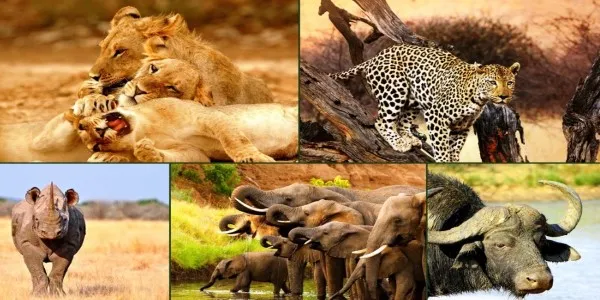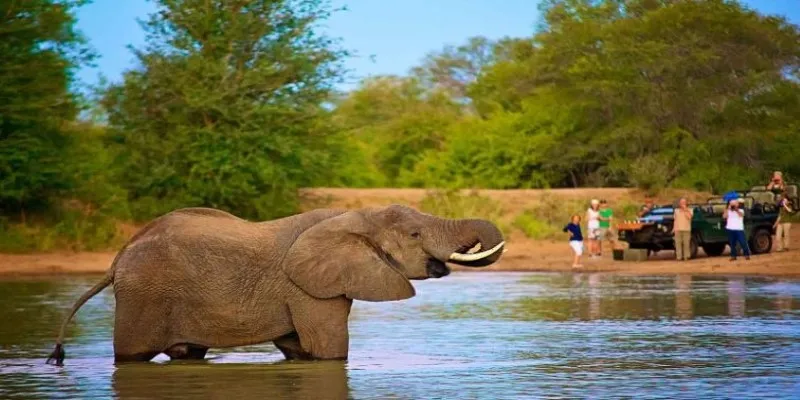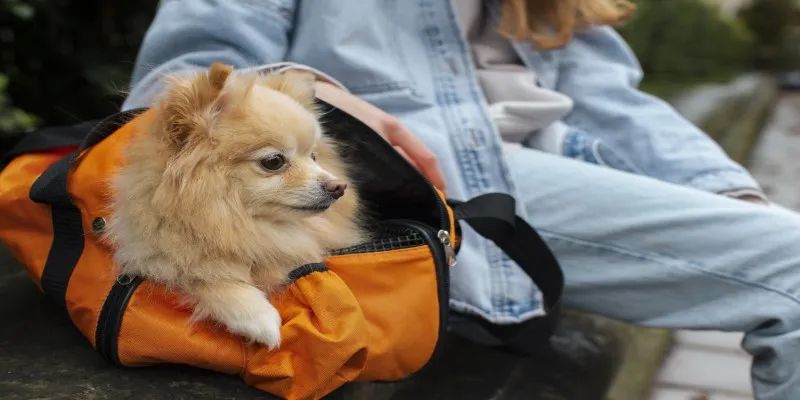From the Savanna to Your Lens: Essential Tips for African Safari Photography
Photographing an African safari is a thrilling experience that offers the chance to capture majestic wildlife and breathtaking landscapes. However, for a beginner, it can be overwhelming. How do you choose the right gear? What camera settings work best? And how can you stay safe while getting that perfect shot? This guide will walk you through everything you need to know, from the basics of camera gear to essential safari photo techniques, ensuring you’re fully prepared for the adventure of a lifetime.
Essential Tips for Photographing an African Safari
Start on a thrilling journey through Africa’s stunning landscapes, where every moment offers a unique opportunity to capture the essence of wildlife. This guide provides essential tips and techniques to help you document your adventure and create unforgettable images.
Planning for Your Safari Photography Adventure
The key to successful safari photography is preparation. African safaris typically take place in national parks or private reserves, where you’ll encounter animals in their natural habitats. Research the parks you plan to visit because each offers different landscapes and wildlife. For example, the Serengeti is famous for the Great Migration, while South Africa’s Kruger National Park provides a mix of landscapes and diverse species.
Timing is crucial. The best time for safari photography is during the dry season, from June to October, when animals gather around waterholes, making sightings easier. Plan your shots around dawn and dusk, known as the “golden hours,” when the light is soft and warm, perfect for capturing animals in action.
Choosing the Right Gear for Safari Photography
Selecting the right camera and lenses is crucial for capturing stunning images on your safari. A DSLR or mirrorless camera with interchangeable lenses offers the best flexibility and image quality. A telephoto lens with a focal length of at least 300mm is essential for wildlife photography, allowing you to photograph animals from a safe distance. Many photographers recommend a zoom lens, such as 100-400mm, for versatility when subjects vary in distance.

Wide-angle lenses (14mm-35mm) are also important, as they help capture the expansive landscapes or groups of animals in their environment. Additionally, consider a macro lens for photographing smaller subjects like insects or reptiles. Remember to bring plenty of memory cards and extra batteries, as long days in the field can drain your gear quickly. A microfiber cloth is handy for keeping your equipment dust-free, as safari vehicles often kick up a lot of dirt.
Understanding Wildlife Behavior
Learn about animal behavior to improve your chances of capturing stunning shots. Predators like lions and leopards are most active at dawn and dusk, while herbivores like zebras and giraffes tend to be more visible during the day. Knowing when and where to look for specific animals can significantly improve your chances of getting the perfect shot.
Patience is a virtue in safari photography. It often pays off to stay with a particular group of animals for a while, rather than rushing to the next sighting. By waiting, you can observe natural behaviors such as hunting, playing, or social interactions, resulting in far more dynamic and memorable photos.
Composition and Technical Tips
Mastering basic photography techniques is essential to making your photos truly stand out. The Rule of Thirds is a simple yet powerful composition method. Visualize your frame split into nine equal sections with two vertical and two horizontal lines. Position key elements, like an animal’s eyes or the horizon, along these lines or at their intersections. This method creates more engaging and balanced images.
When photographing animals, focus on their eyes to enhance the impact of your shots. Sharp, clear eyes draw viewers in and convey emotion. For moving subjects, utilize continuous shooting mode to capture action shots. Fast shutter speeds of 1/1000s or higher are optimal for freezing movement, whether it’s a gazelle sprinting or a bird taking flight.
Handling the Challenges of Safari Photography
Safari photography presents unique challenges, especially when working from a moving vehicle. A tripod may not be practical, so using a bean bag to stabilize your camera from the vehicle’s window is a great alternative. It’s crucial to avoid standing, as even slight movements can result in blurry images. Always ask your driver to turn off the engine when you stop to capture a shot.
Dust is also a significant concern. To keep your gear clean, carry a lens blower or cleaning cloth. If possible, change lenses in a dust-free environment to prevent particles from entering your camera. Lighting conditions can vary; early mornings often mean low light.
Capturing the “Little Moments”
While most safari-goers focus on photographing the Big Five—lion, leopard, elephant, rhino, and buffalo—don’t overlook the smaller creatures. Birds, reptiles, and even insects can make for captivating subjects. A colorful bird in flight or the detail of a tiny beetle can add variety to your safari portfolio.

Also, take time to photograph the people you meet along the way. Safaris aren’t just about the animals; they are also about the people who help make the experience special, such as your guide or lodge staff. Be respectful when photographing people, and always ask for permission first.
Safety First: Photographing Wildlife Responsibly
Safety should always be your top priority when photographing wildlife. Always listen to your guide and stay inside the vehicle during game drives. Animals can be unpredictable, and maintaining a safe distance is crucial not just for your safety, but also for the welfare of the animals. Never try to provoke an animal for a better shot, and avoid using flash photography, which can startle wildlife.
Conclusion
Photographing an African safari is about more than just having the right gear; it’s about understanding the environment, respecting the wildlife, and applying good photography techniques.
Whether you’re aiming for stunning close-ups of animals in action or wide-angle shots of the African landscape, the key is patience, preparation, and an appreciation for the natural beauty around you. With these tips in mind, you’re well on your way to creating memories—and photos—that will last a lifetime.











